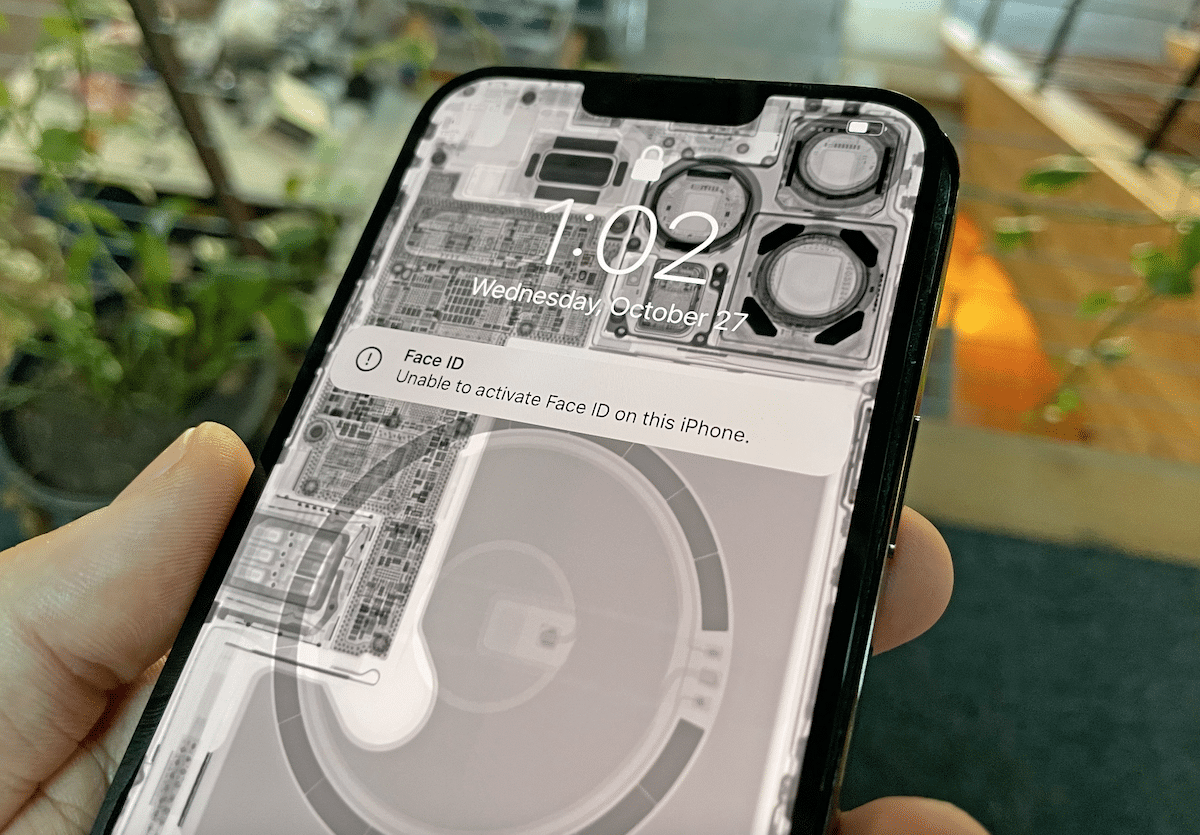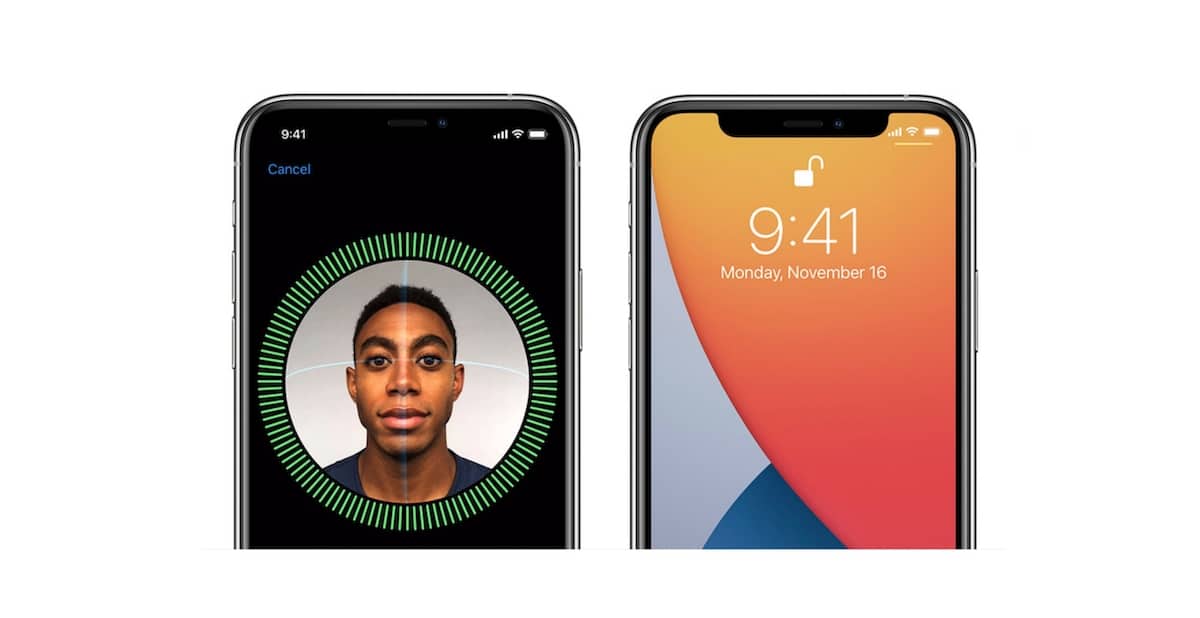Apple has seeded iOS 15.2 beta 3 to developers with bug fixes and a new feature to build edit tags in the Reminder app. More importantly, the update removes the barrier for third-party iPhone 13 screen replacement.
At the launch of the iPhone 13, third-party repair experts found that when the smartphone’s screen is swapped with another screen, the Face ID stopped working on the device altogether. The issue persisted even when the screen was replaced with a genuine screen from Apple. The Right to Repair activists were outraged with the discovery because the Face ID components are not housed in the display and without Face ID authentication, the only option users would have to manually enter the passcode to unlock their iPhone 13 models.

Later it was found that Apple has placed a tiny microcontroller at the bottom of each screen unit, a new form of serialization which renders FaceID functional when it is replaced with another unit. The new barrier was deemed as an attempt by Apple to deprive users of cheaper screen repairs and more drastically, to eliminate the third-party repair industry because screen repair is its major source of income.
Face ID will work with iPhone 13’s third-party screen replacement on iOS 15.2
When Right to Repair activists started to press on legislation to stop Apple’s predatory and monopolistic behavior, the tech giant told The Verge that it will remove the barrier in an upcoming update. Taking his cue from that, YouTuber @iCorrect tested iPhone 13 screen replacement on iOS 15.2 Beta 3 and found that FaceID works when iPhone 13’s screen is swapped, as promised.

However, the user will see a pop-up stating that the device is unable to determine the authenticity of the new part. “Unable to determine if your iPhone display is a genuine Apple part. Go to Settings for more information.”
It is not the first time, Apple has placed a deliberate speed bump for DYI or third-party repairs. iFixit engineer notes:
It’s hard to believe, after years of repair-blocking issues with Touch ID, batteries, and cameras, that Apple’s latest iPhone part lock-out is accidental. As far as our engineers can tell, keeping Face ID working on the iPhone 13 after a screen swap should be easier than ever, since its scanner is wholly separate from the display.